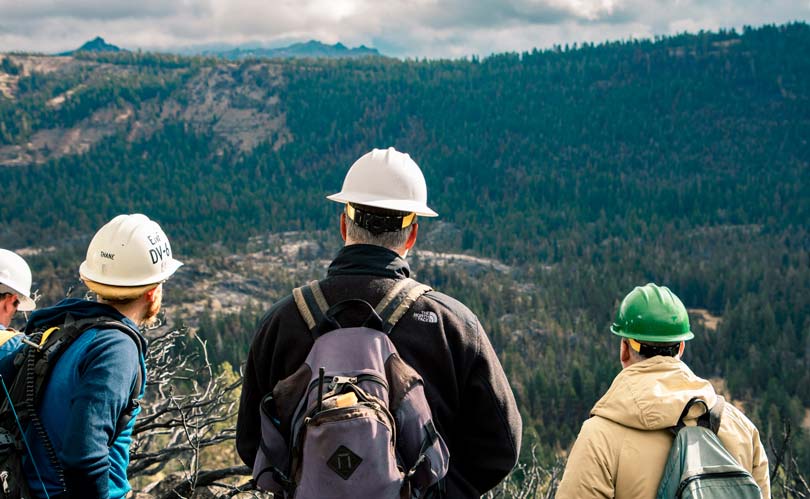
“When you’re on Highway 88 looking down into that (Caples) area, there is this large area that seems relatively unburnt. That is really interesting because even above the ecological restoration project, when you get up towards Caples Lake, all of it is burned, even the areas that are surrounded by granite.”
The Caldor Fire was fueled by red-flag conditions and historically dry vegetation, and it became the second fire ever to burn over the crest of the Sierra Nevada. As the fire raged eastward toward South Lake Tahoe and Kirkwood Ski Resort, the Caples Creek watershed lay directly in its path. But unlike areas nearby, the upper Caples Creek watershed was undamaged by the fire.
Two years before the Caldor Fire, forest fuels in the Caples Creek watershed were reduced through a mix of prescribed fire and wildfire. The Caples Creek Watershed Ecological Restoration Project (Caples Project), inspired by the El Dorado Irrigation District, funded by the Sierra Nevada Conservancy, and completed by the Eldorado National Forest, played a key role in protecting the Caples Creek watershed and surrounding communities during the Caldor Fire.
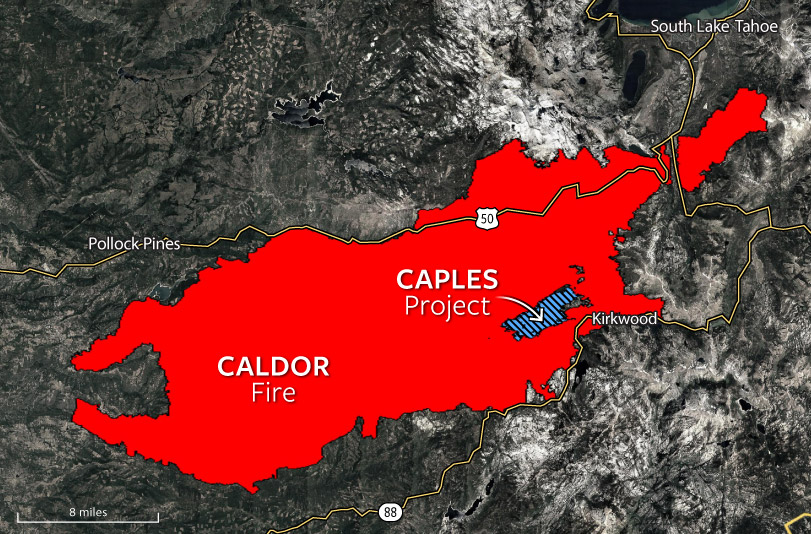
The Caples Project was one of the largest treated areas in the Caldor Fire burn area. While the edges of the Caples Project burned, the project landscape as a whole was resilient, despite the extreme heat and drought of the 2021 fire season. It was a rare place in the wildland where the fire slowed down and changed course, even as high winds drove it up and over the crest of the Sierra Nevada.
The Caples Project: big enough to stand up to a megafire
Caples Creek runs through a beautiful alpine valley in the Sierra Nevada’s Eldorado National Forest between South Lake Tahoe and Kirkwood Ski Resort. The watershed contains towering trees, abundant trout, and the headwaters of the primary water supply for more than 110,000 customers that rely upon the El Dorado Irrigation District. Until recently it was, like many places in the Sierra Nevada, choked by dense overgrown forests and vulnerable to damaging wildfire.
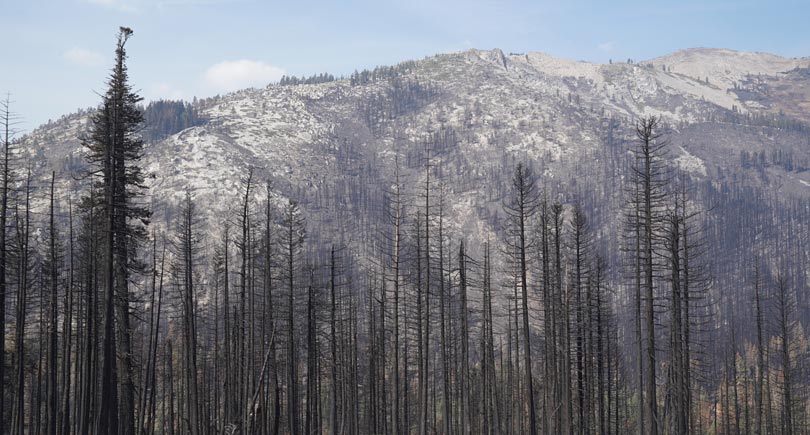
That all changed after the El Dorado Irrigation District reached out to the Eldorado National Forest and the Sierra Nevada Conservancy with a vision to restore the watershed to resilience by reintroducing healthy, low-mixed severity fire to this crucial landscape. The Sierra Nevada Conservancy provided planning funds ($75,000) in 2012, and spurred on by the intensity of the nearby 2014 King Fire, project partners recognized that thinking, and acting, at a watershed scale was necessary to address the escalating Sierra Nevada wildfire crisis. The Caples Project, a 4,400-acre plan to treat an alpine watershed with good fire, was born.
Implementation was funded through another Sierra Nevada Conservancy grant ($476,000) to the El Dorado Irrigation District to implement the project alongside Eldorado National Forest resources.
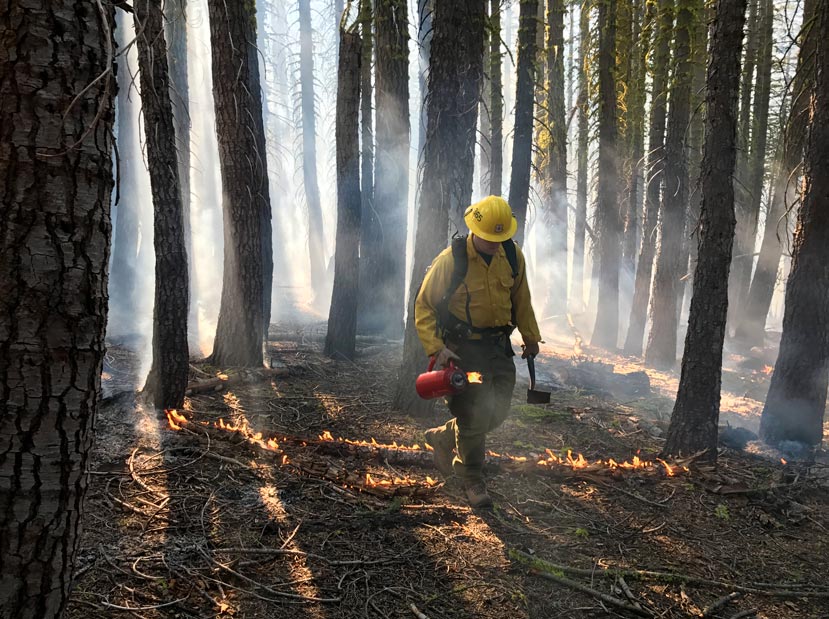
Prescribed fire, wildfire, and positive outcomes
After years of careful preparation, including cutting fireline along a strategic ridgeline, clearing vegetation and forest litter from around the base of large mature trees, and some limited pile burning, an early rainstorm and favorable forecast allowed the partnership to initiate a broader prescribed burning operation in the fall of 2019.
Following more than a week of prescribed burning, strong winds developed and created fire behavior that the prescribed fire crews could not safely manage. As a result, the Eldorado National Forest declared the Caples prescribed fire a wildfire on October 10, 2019, allowing it to access fire-suppression resources available for wildfires but not prescribed burning activities.
Within 24 hours, the Forest Service was able to assemble a team to effectively manage the newly declared Caples Fire. It was declared 100% contained November 1 at 3,453 total acres. Only 300 acres burned outside the original prescribed fire project area. Additional suppression resources cost the Eldorado National Forest $850,000.
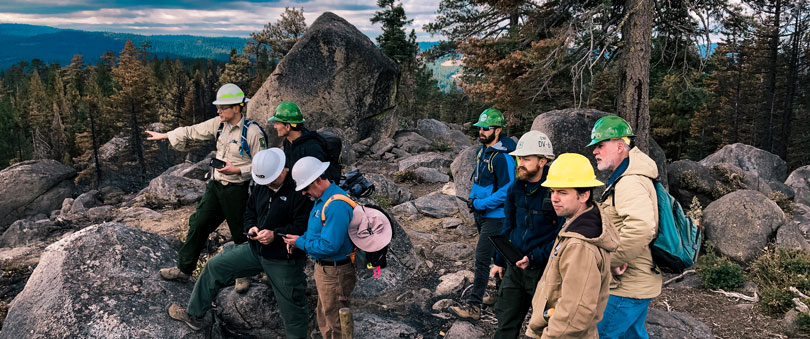
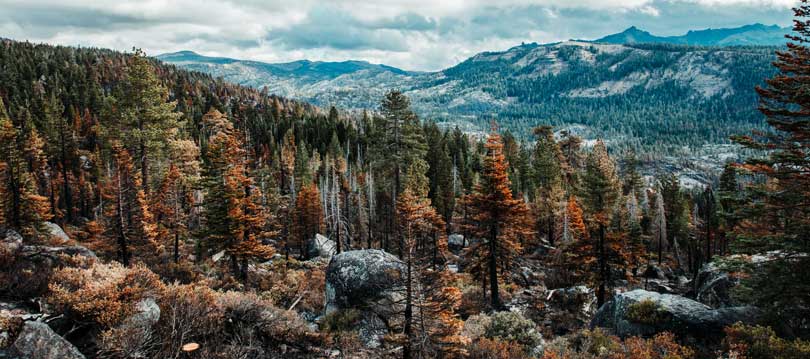
Ultimately, the Caples Project achieved its goal—fire effects were consistent with the historical fire regime associated with highly productive Sierra Nevada mixed-conifer ecosystems. This restored ecological and hydrological functions of this vital headwater forest, protecting and improving the water supply source, carbon stores, and wildlife habitat. And although suppression resources drove project costs up, the total cost of treatment worked out to under $350 per acre—far less than the $500–$1900 per acre typical of mechanical thinning activities in the Sierra Nevada or the financial costs associated with large, damaging wildfires.
“It is important that we invest in projects like these through the Sierra Nevada Watershed Improvement Program because they help make our forests more resilient to insects, drought, large damaging wildfires, and disease.”
Today, the Caples Creek watershed remains much as it did before the Caldor Fire; a diverse forested landscape restored to ecological reference conditions by healthy mixed-severity fire.
